Regular Badzine contributor Kira Rin takes a look at the significance of Lee Chong Wei’s upcoming hearing.
By Kira Rin. Photos: Badmintonphoto
Dato’ Lee Chong Wei. To speak of this humble Malaysian player is to speak of top level badminton in the same breath. To him belong many titles of the badminton world and he shares the honour with Lin Dan of being the first to play in consecutive Olympic men’s singles finals. To many, he is the undisputed king of men’s singles, having once held the world number one title for an unbroken 199 consecutive weeks (from 21 August 2008 to 14 June 2012). Even as he gets further into his thirties, he still wishes to push forward to Rio 2016 Olympics and complete the quad Olympic participation like Taufik and Peter Gade accomplished in London. However, this may all come to an end prematurely because of the doping scandal that has surfaced.
The athlete life
In life, there are many available career paths to take. Whether you intend to be a baker, a shop manager, an accountant, or a scientist, most career paths require sacrifice in return for success. Most often, this is a sacrifice of time and work for monetary gain and career advancement.
Sport is no exception, as young players have to train hard to become career athletes, and in many cases also coaches to pass on their playing knowledge to the next generation. Athletes often have to become a lot better than the country’s average player in order to succeed at the national level. Very often, to get to that level and beyond, the amount of time committed to training is such that there is rarely any free time for the athletes concerned. Only a tiny percent from that group can, in turn, break through towards the international stage where they can earn extra income through prizes, national team paychecks, and sponsorship.
Once the international stage has been achieved, yet more training is required to be able to maintain the level. With the advances of sports science, it is now possible for athletes to train even harder in safer environments. Yet all of this training can lead to intense stress on the body, manifesting in injuries and strain. If one is not careful with balancing training workload with injury management, there will be a premature end in store. Hence most sports associations hire medical and health care specialists to help look after the wellbeing of their athletes.
Lee Chong Wei
Raised in Penang on the tiny island joined to the Malaysian mainland by a bridge, Lee Chong Wei was a humble little boy who had his first brush with badminton in his childhood years, and started badminton training from the age of 11. By the age of 17, he was accepted into the National Sports College, where most other students were enrolled at the age of 12 or 13. It was due in part to the coach, Morten Frost, that the Badminton Association of Malaysia was persuaded to accept a relatively late-blooming recruit.
Under the guidance of the eldest Sidek brother, Misbun Sidek, Chong Wei reached his first ever final of an international level tournament, the 2003 Malaysia Open, where he lost to Chen Hong of China. His first international title came the following year when he won the 2004 Malaysia Open. A good run of results later on that year saw his first entry to the Olympic Games. However, he was destined to wait a little longer for Olympic success, for it wasn’t until Beijing in 2008 that Lee walked away with a medal.
Soon after his silver performance at the Olympic Games, on the 21st of August that year, Lee Chong Wei reached the BWF World No. 1 rank. From then on, he became this century’s second-longest-serving world #1, after Lin Dan, winning numerous titles to maintain the ranking.
Widely considered one of the four “Kings” of badminton, alongside Taufik, Peter Gade and Lin Dan, Lee Chong Wei has immense pressure on him to live up to expectations. So far, he has exceeded expectations with his impressive title haul. Even an injury wasn’t enough to stop Lee from participating in 2012 Olympics.
Lee has a history of impressive records and a long line of firsts. He was the first Malaysian shuttler to hold the world number one rank for more than a year, first to use a line call challenge and also first to get it right, and also first men’s singles player to reach consecutive Olympic finals, though the honour went to Lin Dan for getting a consecutive gold. With his second silver, he is also the first Malaysian to get more than one Olympic medal. He has also recorded 10 Malaysia Open titles, bettering the previous best of 8 titles held by Wong Peng Soon. He has also been one of the first to jump at the chance to help charities in need.
Dexamethasone
Dexamethasone is a medication that has anti-inflammatory and immunosuppressant effects. It is classified as a glucocorticoid, within the steroid group of organic compounds. Dexamethasone is 25 more times potent than the biologically occurring cortisol which is produced by the human body. As such, it is a prescription-only drug in the United States and most parts of the world. It can be administered orally, by tablet or liquid, or by nasal spray, and also by injection into the body. As it can treat a wide variety of ailments, it is listed on World Health Organization (WHO) Model List of Essential Medicines.
If administered as part of a 14-day cycle, by the end of the cycle there normally shouldn’t be any trace of the drug left in the human body. However, research testing normally involves thousands of trials, and any final values are the result of the averages or median of the trials. Sometimes some of the trials may show unusual results, which could be attributed to change in test environment or a body’s unusual reaction to the tested drug.
For a substance to be included on the World Anti-Doping Agency’s (WADA) list of banned substances, it has to meet any 2 of 3 criteria:
- It has the potential to enhance or enhances sport performance
- It represents an actual or potential health risk to the athlete
- It violates the spirit of sport.
All glucocorticoids fall under section 9 of the WADA prohibited list, prohibited in-competition only.
Usage of such substances may however be allowed under a Therapeutic Use Exemption (TUE), if such substance is being used to treat athletes’ medical conditions. As athletes’ training increases in intensity with advances in sport science, a rising number of athletes have filed TUEs for glucocorticosteroids (glucocorticoids) in order to help recover from intensive training day in and out.
One notably similar case of dexamethasone-related doping is the case of Polish cross country skier Justnya Kowalczyk. She also started her international skiing career in 2002 but shortly after she competed at the 2005 Nordic World Ski Championships, she was disqualified for taking dexamethasone. The International Ski Federation reduced Kowalczyk’s initial 2-year ban to one year once dexamethasone’s position was clarified on WADA’s list of prohibited substances. Then the Court of Arbitration for Sport partially accepted her appeal on the grounds that she used dexamethasone to alleviate an Achilles tendon condition and found her not guilty of using it to improve her athlete performance. It did still find that she had acted negligently but her ban was reduced to the period she had already served from the date of issue to the hearing.
As a doping agent, dexamethasone helps athletes cope and participate in events at high altitudes like alpine sports and mountain climbing. Now, badminton is hardly a high altitude sport, and even in that context, debate on dexamethasone use has begun. Dr. Patrick Yong Shu-hang told the South China Morning Post recently that there would be minimal impact on a badminton player’s performance. It remains to be seen if Chong Wei can mount a successful defense as Kowalczyk did.
Recovery
Attaining the rank of world #1 is no easy feat, and keeping it is even harder. For Lee to keep his ranking, he must constantly train to surpass the Lee of yesterday. However, all the stresses accumulated from training don’t go away that easily, and time is needed to reverse the damage. For a time-challenged person such as Lee, dexamethasone could be utilized to help speed up recovery from muscular inflammation, particularly in the legs, that has resulted from intense training.
Traditionally, Lee has participated in almost all the Superseries tournaments to gather enough ranking points to keep the world’s top spot. But it isn’t just a matter of playing the events he wants to play or of playing in the ones that will yield the prize money or ranking points he needs. In fact, world top 10 players are fined if they fail to appear at one of the five Superseries Premier events or the Superseries Finals. Especially for a player such as Lee, who reaches the final almost every time, more tournaments leads to more stress on his body with each successive match that he plays.
Why the world needs Lee Chong Wei
There is no denying that Lee Chong Wei has become a badminton icon. His numerous victories and long stint at the world #1 spot have elevated him to legendary status. Now that the doping scandal has put him out of action, it is time to ask ourselves this, do we really need Lee Chong Wei?
For Malaysia, Lee Chong Wei can count himself as one of the few people who have united the diverse group of Malaysians under a single banner of sport. To many Malaysians, he is their most recognized Olympic medallist with his 2 silver medals, and a symbol for Malaysian unity. He has never failed to keep the Jalur Gemilang flying high within the top 5 in the world rankings. Without him, badminton won’t be as popular as it is today in Malaysia. The state has even conferred the Datukship title upon him for his services to badminton and Malaysia.
For the badminton world, his name is associated with high level badminton. He has become a global ambassador of the sport and also has used his fame to help raise money for charities, most notably disaster victims of the 2011 Japanese earthquake and more recently various Solibad projects. It could be argued that he is the philanthropic Bill Gates of badminton, earning top dollar for his skills on the circuit, and yet taking time to help charities in need.
For every yin there is a yang, for Chong Wei, it is Lin Dan. The two players first met during the 2000 Asian Junior Badminton Championship. Lin Dan took home the first encounter, but that match marked a start of a long running rivalry between them. Excitement is in the air every time the two great men confirm their places in finals. Their matches are more than just badminton performed at the highest level. To watch the two dance around the court is watching pure beauty. Intense rivals on court, they however nourished a great friendship off the courts. The two have even played a spot of doubles against Cai Yun and Fu Haifeng for an exhibition match. Just recently, China honoured Lee with the Star of Friendship award, having recognized that their friendship transcended their sport. Without Lee, there would be no one left to dance the beautiful waltz of badminton with Lin.
![Opinion – Why the world needs Lee Chong Wei Regular Badzine contributor Kira Rin takes a look at the significance of Lee Chong Wei’s upcoming hearing. By Kira Rin. Photos: Badmintonphoto Dato’ Lee Chong Wei. To speak of this […]](https://www.badzine.net/wp-content/uploads/Newsflash-thumbnail.png)
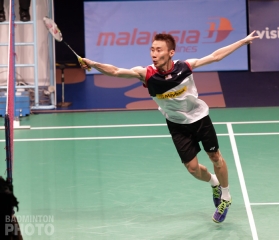
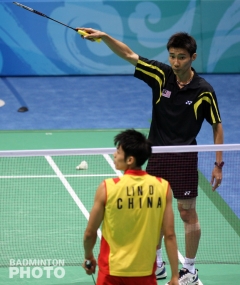
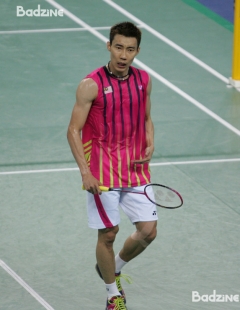
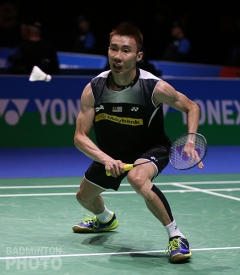
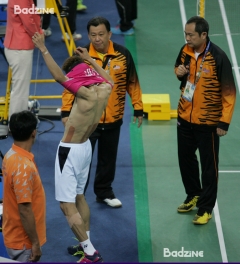
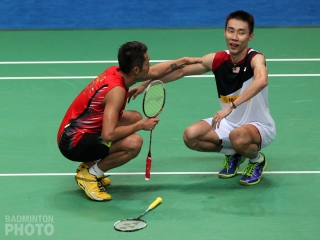
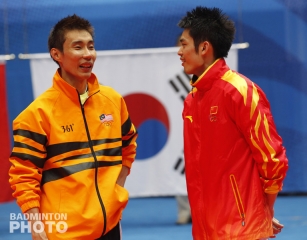

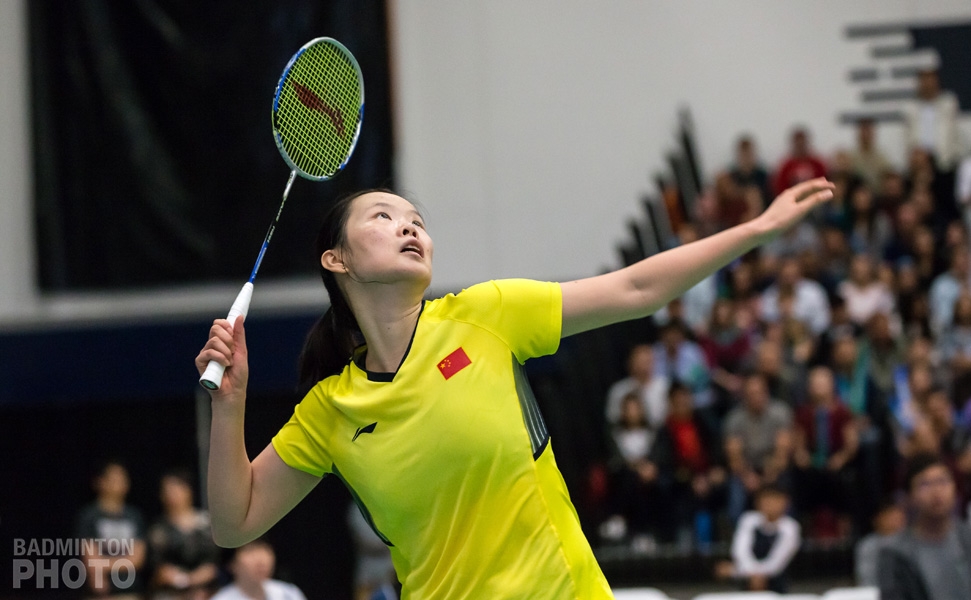
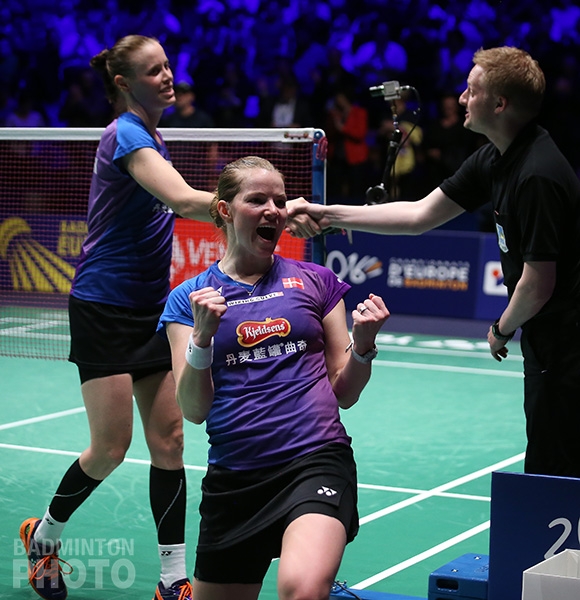
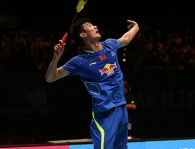
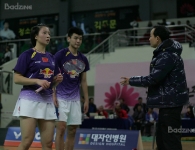
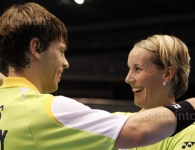
Leave a Reply